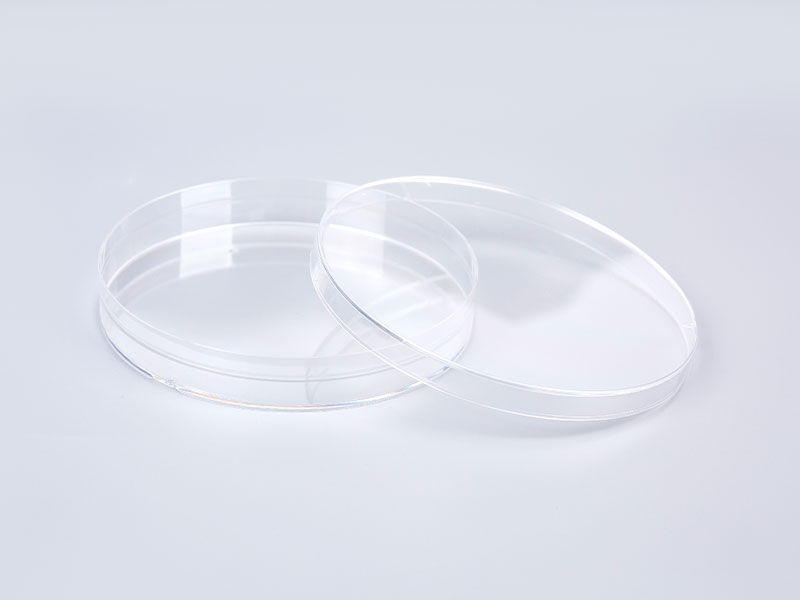What innovations are being introduced in the Petri dish market?
The Petri dish market has witnessed significant innovations aimed at enhancing functionality, usability, and sustainability, reflecting the evolving needs of microbiologists and researchers. One of the foremost advancements is the development of specialized coatings and materials that enhance the growth of specific microorganisms. These innovations allow for more targeted experiments, improving the efficiency of microbial culture and enabling researchers to delve deeper into the complexities of bacterial behavior. Bioland™ Bacterial Culture Dishes, for instance, incorporate advanced materials that minimize contamination risks while optimizing growth conditions, which is vital in fields like healthcare and pharmaceuticals.
Another notable trend is the introduction of biodegradable Petri dishes, addressing growing environmental concerns. Traditional plastic dishes contribute to substantial waste, prompting manufacturers to explore sustainable alternatives. These eco-friendly options are made from plant-based materials that retain the essential properties required for microbial culture, thus combining performance with environmental responsibility. This shift not only caters to the demand for sustainable practices in laboratories but also aligns with broader societal movements towards reducing plastic waste.
In terms of technology, innovations such as integrated sensors and smart features are emerging in the Petri dish market. These high-tech dishes can monitor and record environmental conditions such as temperature, humidity, and pH levels in real-time, providing researchers with valuable data that can lead to more informed experimental decisions. The use of mobile apps and digital interfaces allows for remote monitoring and data collection, streamlining the research process and enhancing collaboration across disciplines.

Moreover, advancements in manufacturing techniques have led to the production of more consistent and reliable Bacterial Culture Dishes. Improved quality control processes ensure that dishes meet stringent standards for sterility and optical clarity, which are crucial for accurate observations. This consistency not only boosts the confidence of researchers in their experimental results but also supports the adoption of best practices in aseptic techniques, a cornerstone of microbiological research.
As the demand for rapid and effective bacterial analysis continues to grow, the Petri dish market is evolving to meet these challenges. Innovations in design, materials, and technology are setting new standards for how these essential tools are used in laboratories around the world. By embracing these advancements, researchers can continue to explore the fascinating world of microbiology with greater efficiency and accuracy, ultimately contributing to significant scientific breakthroughs.
For more information, please call us at +86-0571-87993109 or email us at hzbioland@126.com.
Aseptic vacuum filters, like Bioland™ disposable vacuum filtration units, are designed for high-effi...
Whether used in the food hygiene industry, water monitoring, or research labs, selecting the right m...
Narrow-mouth reagent bottles are essential tools in laboratories, offering precise storage solutions...
In laboratory diagnostics, particularly in PCR (Polymerase Chain Reaction) testing, efficiency is pa...
When working with the Bioland™ Cell Shaker, one of the most crucial factors in ensuring successful c...
Polymerase chain reaction (PCR) is one of the most vital techniques in molecular biology, allowing s...

 中文简体
中文简体 English
English Español
Español русский
русский











